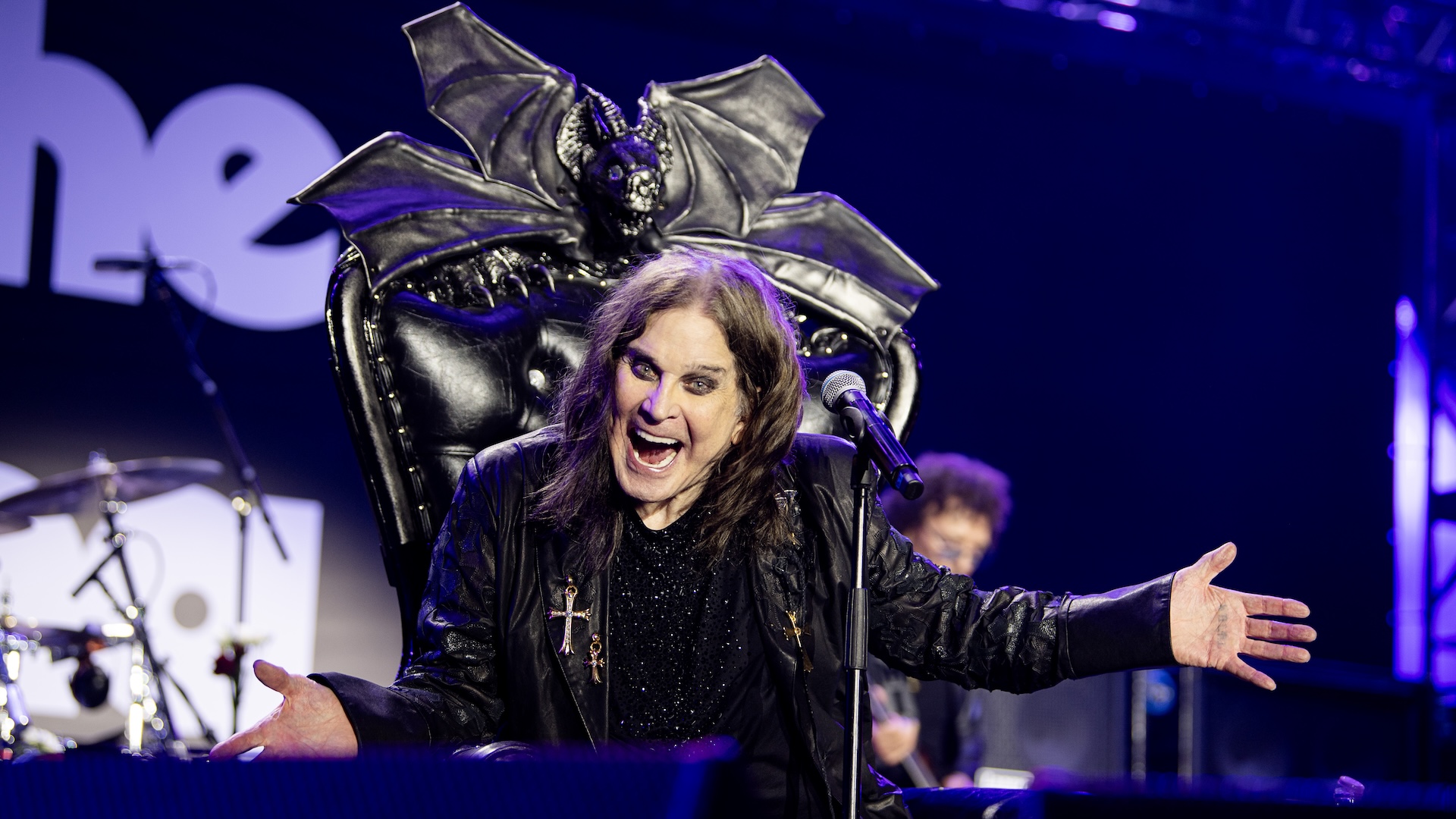

In 1985, a game was released that changed the video-games industry forever – Super Mario Bros on the 8-bit Nintendo Entertainment System. Thirty years on, the important names in Mario’s history look back at its creation.

Shigeru Miyamoto (director and designer): I joined Nintendo around 1977. I started off doing illustrations for games, but I wanted to be a programmer. We had an arcade game that didn’t sell so well, and there were about 30 million hardware units left, so it was decided we’d make a new game. That was my opportunity – I grabbed on to it and was able to create Donkey Kong.
The game saw the Mario character, then called Jumpman, attempting to rescue his girlfriend from a giant ape.
Miyamoto: At that time, when you designed characters, you had a space that was 16 squares by 16, so creating a normally proportioned person just wasn’t fun. So I started with a really big face, and then decided to fill in the body. I couldn’t really design a mouth, so I made the nose big and covered it with a moustache. And we couldn’t really depict hair, which is why I put a hat on him.
The game was released [like this] in Japan, but he needed a proper name for the North American market.
Miyamoto: Jumpman was always something we thought was temporary. Mr Video was another name I had jotted down. I knew I wanted to use the character over and over. As a kid I was into writing manga and would mimic famous artists by drawing recurring characters. When I was making games, I wanted the same thing. Nintendo Of America started referencing the character as Mario. I thought it was perfect.
Don James (executive VP of operations, Nintendo Of America): When I went to work for Nintendo in 1981, the company consisted of one warehouse floor with a couple offices built on it. We had a new arcade game that was shipped to us from Japan called Donkey Kong. We thought, “What a strange name.” Then our parent company asked us what we wanted to name the character that was trying to save the heroine. Mr. Arakawa and I thought about our landlord for the warehouse, who was kind of shy, as we had never met him. His name was Mario. We thought it would be funny to name the game character ‘Mario’ and quickly agreed it sounded great. So we informed our parent company and that’s how Mario got his name.
Get exclusive shortlists, celebrity interviews and the best deals on the products you care about, straight to your inbox.
Miyamoto: I’ve never met [the real Mario]. I’ve never even seen a picture.
Mario Segale [from The Seattle Times in 1993]: You might say I’m still waiting for my royalty cheques.

That was in 1981. The next year Mario appeared again in the sequel, Donkey Kong Jr, but this time as the antagonist.
Miyamoto: When Donkey Kong was released I was told to create the sequel right away – but I didn’t want to create something straightforward, so we switched them. The player played as Donkey Kong Jr and Mario became the bad guy. I then became busy creating all the Mario games, so while we did have a Donkey Kong 3, a different director was in charge.
Those Mario games started with 1983’s Mario Bros, which introduced Mario’s brother.
Miyamoto: Because Mario’s name was there, we asked the American team to come up with some Italian names and Luigi was one of the candidates. In Japan, Luigi is a familiar name, but it also happens to have the same sound as the Japanese word meaning ‘similar’, so it was perfect.
The next game was Super Mario Bros, a game that would be released alongside the launch of the Nintendo Entertainment System in North America.
Takashi Tezuka (Super Mario Bros designer): I joined the company as a designer and worked as Mr Miyamoto’s assistant, focusing mainly on creating in-game graphics. I did whatever jobs I was able to, all the while learning about game design.
Miyamoto: We don’t create games thinking about which characters we’d use – it’s all about the game’s mechanics. With Donkey Kong, we wanted a game where the character would keep going forward, so the idea of chasing a gorilla seemed like an instinctive setting where the player would know what to do. With Super Mario Bros, it was on a bigger scale.
We created the ground, the sea and the air, and we needed to figure out what would be at the end of it. We thought a castle would be nice. But what’s after the castle? Well, a kidnapped princess, again.
Tezuka: Back then, the standard video-game development period was three to six months. We were actually making The Legend Of Zelda in parallel with it, so total production time was actually around nine months.
Miyamoto: The head of programming came in and said, “Please pick one. I just can’t do both at the same time.” We picked Super Mario Bros, and started work on Zelda again the week after Mario was finished.

The NES had been out for two years in Japan, so there was impetus to push the system to its limits with the game. But it wasn’t easy.
Miyamoto: We said, “We need to cram in all the know-how we’ve built up to create something really valuable.”
Tezuka: Most of the video games of the time had areas of about one or two screens in size. In Super Mario Bros, we managed to create spaces over 10 screens wide, and deliver huge scale action on ground, water and in the air.
Miyamoto: I remember thinking it would be good to put in more Koopa Troopers, but it could only manage five. It wasn’t necessarily a stress, though – my approach has always been to check the limitations of the hardware first.
Tezuka: There were a number of technical limitations. On the level-design side, the game was only able to scroll to the right.
Miyamoto: I remember thinking it would have been good if there was more freedom and we could let the players explore. The NES backgrounds only had one image, too. It wasn’t until the SNES that we were able to create the environment I wanted.
Koji Kondo (composer): I started composing music once it was possible to play some of the courses. The first step is to play the game over and over until you find a rhythm that fits. Then I loop that rhythm and add in melody and chords written on a piano. I had to compose the music making use of the distinctive sound of the NES and its limited number of notes.
Tezuka: I came up with lyrics for the music that Koji Kondo created. They were pretty good – we even talked about putting them in the manual. The environment was that you were encouraged to try out whatever you wanted.
The testers who were playing Super Mario Bros just didn’t go home. They stayed really late into the night just to play it.
As development continued, there were signs that the team was on to something special.
Miyamoto: It went down well with the internal testers. It was a different feeling than the one we experienced with Donkey Kong – the testers who were playing Super Mario Bros just didn’t go home. They stayed really late into the night just to play it.
Tezuka: I’d only recently joined, so hadn’t had any experience of it. Only later, when the game became famous, did I look back and realise what it meant.
Miyamoto: I remember saying, “This might be big.”
Big is an understatement. It was a huge hit and is credited with reviving the North American video-games industry after the crash of 1983.
Tezuka: I was so focused on the work, it had never crossed my mind how much it would sell.
Miyamoto: The normal approach was to see the sales, and within a month we’d be able to tell if the game had done well enough for a sequel. But in the case of Super Mario Bros, we knew right away.
The game eventually sold 40 million copies and was the biggest selling title ever until it was overtaken by Wii Sports in 2009. But Mario’s legacy lives on in countless other titles.
Tezuka: Mario is a favourite of mine.
Kondo: He is my favourite character, of course.
Miyamoto: I wouldn’t say he was my favourite hero. I tend to gravitate towards Yoshi.
Super Mario Maker is out 11 September for Wii U
Using the Super Mario Bros 3 graphics on Super Mario Maker, we created a level with Shigeru Miyamoto and Takashi Tezuka. We designed the basis of the course, then the two masters suggested tweaks to improve it. Get the download code here.

As Shortlist’s Staff Writer, Danielle spends most of her time compiling lists of the best ways to avoid using the Central Line at rush hour.
-
 Ozzy Osbourne and Black Sabbath's final show — Back to the Beginning review: 10 of the biggest highlights from a star-studded farewell
Ozzy Osbourne and Black Sabbath's final show — Back to the Beginning review: 10 of the biggest highlights from a star-studded farewellWe were there, we were rocked — here's everything you need to know as the Prince of Darkness bows out.
-
 The best Men’s summer wedding outfits — an essential guide
The best Men’s summer wedding outfits — an essential guideSuits! Shirts! Shoes! Final touches!
